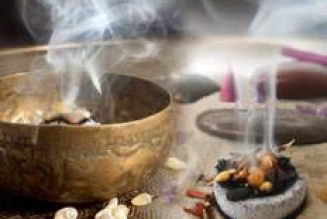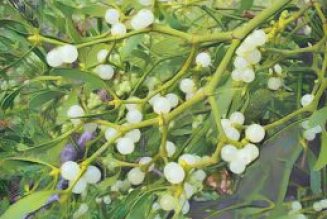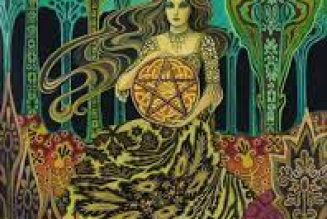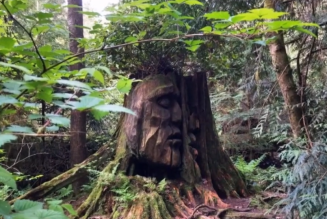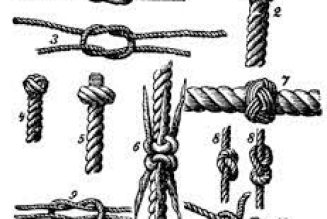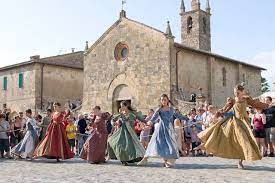
Ways of dealing with problems within the
community, which used a blend of Christian
and pagan rituals, was partly a product of the
interaction between Christianity and paganism.
Pagan belief demanded rituals that appeased
their gods while Christian thought required
that there was a focus on only one God. This
meant that such rituals belonging to the Wheel
of the Year had to be accommodated into a
more acceptable framework. The local clergy
therefore became agents of this assimilation
process. The mixing of liturgical, medical and
folklore medicine was a whole medley of ideas
as to how nature functioned.
The line between these ideas was very unclear
– rite blended into medical practice or was
mixed with apparently magical, and certainly
ceremonial, pre-Christian practices. This
coming together is evident in a charm ritual for
blessing the land, the Aecerbot ritual, which
was performed yearly and is still retained
centuries later on Plough Monday (usually the
first Monday after Epiphany – 6 January).
Originally an Anglo-Saxon fertility ritual, it
was gradually Christianized. In this agricultural
– or field – remedy for witchcraft, four pieces of
turf were taken from the four corners of the land,
along with other agricultural products such as
fruit, honey, herbs and milk as well as holy water.
Certain words (such as ‘grow’ and ‘increase’)
were said in Latin over these goods. The
individual turfs were then anointed and blessed
along with the fruits of the farmer’s labour, taken
to church and placed carefully under the altar.
The priest then said four masses over the altar.
The turf was placed back in the ground before
sunset, along with four crosses marked with
the name of the Apostles. Similar words and
prayers to those above were said, including a
specially written prayer calling on God, the
earth and heavens to help in bringing forth the
power of the earth for a successful crop. The
ritual was closed by the owner of the field
turning around three times while reciting
Christian prayers. There followed a similar
ritual for blessing the plough using herbs and
other sacred items. The strong similarities to
the rites calling upon Mother Earth and the Sun
God in pre-Christian rituals are quite marked.
Historic customs are often perpetuated in
seasonal festivals. One example is Homstrom
(celebrated on the first Sunday in February),
which is an old Swiss festival exulting in the end
of winter with the burning of straw people as
symbols of the end of Old Man Winter or the Old
God. A similar sort of festival has recently been
revived in Scotland round Lammas-tide.
Following the success of the 1970s film The
Wicker Man, which highlighted an ancient pagan
festival, today this gathering has been given new
meaning as an alternative music festival. The
ceremonial burnings commemorate the
sacrifices which our ancestors needed in order to
feel that they had done what was necessary to
achieve a plentiful harvest.
A similar celebration takes place at
Queensferry on the east coast of Scotland in
August, when the Burryman parades through
the town and finishes his day covered with burrs
(sticky balls of seeds), possibly representing all
the irritations which the townspeople wish to
get rid of before the winter.
If you want to celebrate in the same way you
might like to make a corn dolly in the shape of
a man
